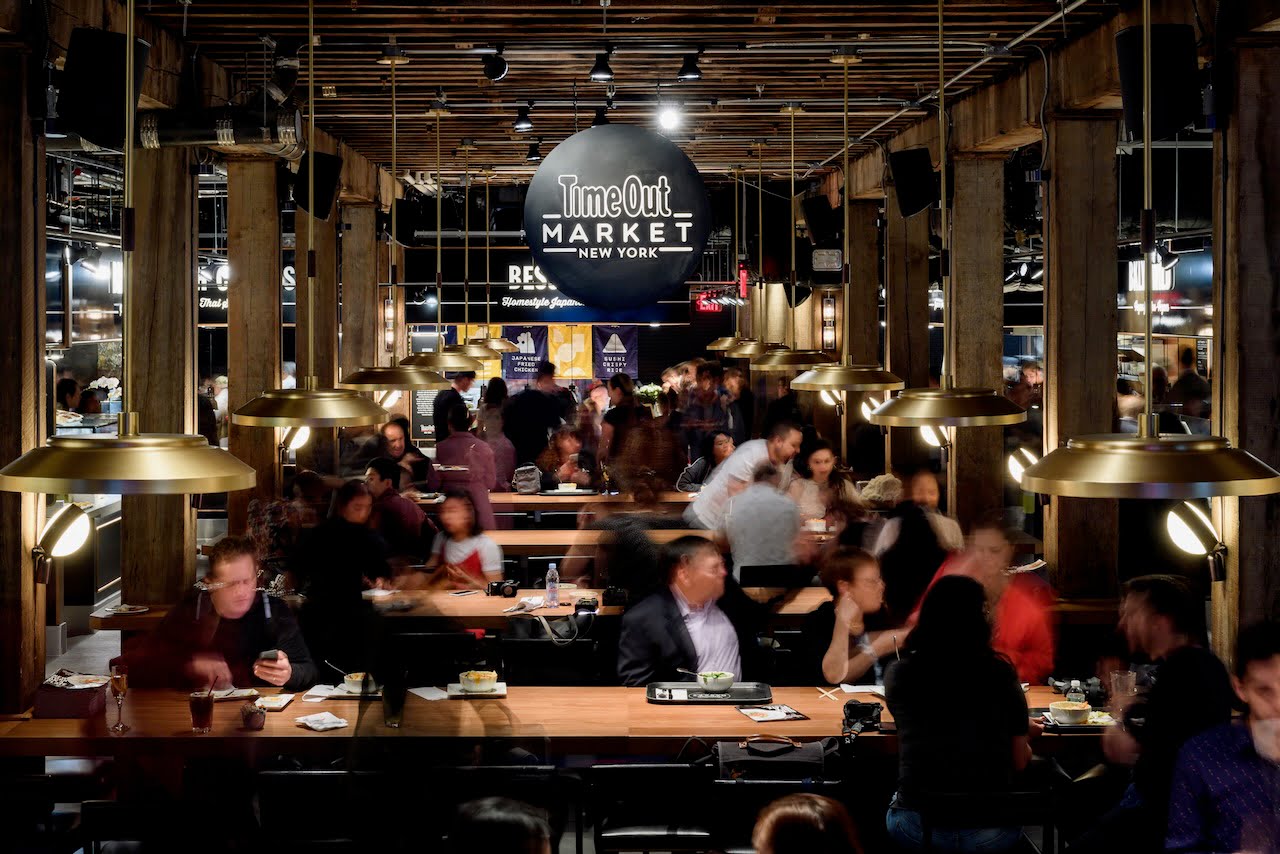As Black Friday arrives this week, the Canadian retail landscape reflects a set of converging forces that reveal as much about national sentiment as they do about consumer behaviour. What follows is a summary of the latest reporting from Retail Insider, examining how Canadians are preparing for the most consequential shopping period of the year and the tensions shaping the way they spend. Together, the data suggests a retail environment undergoing rapid cultural and economic recalibration, one defined by values-driven purchases, strategic deal-hunting, and a renewed reliance on physical retail spaces.
In one of the most striking shifts ahead of the weekend, Square’s new survey reveals a decisive turn toward localism. According to reporting in Retail Insider’s “Canadians set to paint Black Friday Maple Leaf Red this year,” 62 percent of Canadians intend to allocate more of their holiday budgets to locally owned retailers, reflecting what the company’s chief marketing officer calls a deepening “pride in supporting neighbourhood businesses.” More than half of those surveyed say they are willing to pay up to 50 percent more to buy Canadian, a sharp contrast to the era when Black Friday served mainly as an annual migration to U.S. e-commerce giants.
The turn inward is revealing, particularly given the economic pressures of the year. Canadians have seen higher food prices, lower discretionary spending, and broader macroeconomic strain. Yet, the willingness to favour local businesses even at a premium suggests a reframing of value: shoppers are now attaching emotional and community significance to their purchases. The survey’s findings on restaurants add to that narrative. Sixty-six percent of Canadians say they are supporting more neighbourhood-owned restaurants than they did a year ago, and a significant majority note that these establishments feel more community-rooted and hospitable. If Black Friday once represented the height of transactional spending, 2025 is bringing something closer to relational commerce, where supporting local businesses is seen not as a luxury but a civic gesture.
This shift toward neighbourhood economies sits alongside another trend: a resurgence in traditional retail destinations. JLL Canada’s annual holiday survey, captured in Retail Insider’s “JLL Canada Holiday Retail Survey: Less on gifts, more on experiences, self-treats, and shopping centre visits,” shows that 90 percent of Canadians plan to visit a shopping centre this season. While malls once feared permanent displacement by digital commerce, they are increasingly reclaiming their status as community hubs. As JLL’s Paul Ferreira puts it, holiday errands are turning into “holiday outings,” with shoppers deliberately weaving dining, entertainment, and browsing into each trip. This movement aligns with the broader shift toward experience-driven spending: even as Canadians plan to spend 8 percent more this season, nearly all of the increase is flowing into experiences and non-gift items such as food, décor, and seasonal activities.
The act of going to the mall appears to carry renewed purpose. With 87 percent of Canadians planning to dine out and nearly half planning hotel stays, the holiday season is no longer framed simply around consumption, but around time, connection, and self-treats. The same survey finds that 56 percent of Canadians plan to buy themselves clothing or shoes, a notable rise in self-gifting that mirrors global trends. While gift-giving to others has dipped, the desire to mark the season through experiences and personal indulgences has grown stronger. Black Friday may act as an entry point, but the season’s centre of gravity seems to have moved to the emotional and social dimensions of consumption.
Still, even as Canadians express pride in shopping locally and a desire for experiences, another layer of behaviour points to deliberate frugality. Vividata’s new consumer study, detailed in Retail Insider’s “How Canadians shop Black Friday 2025,” describes Black Friday shoppers as highly strategic. Many are blending social discovery with deal-chasing, using social platforms, trusted recommendations, email coupons, and resale marketplaces to navigate the season. Shoppers are not merely scrolling for entertainment; they are curating an always-on cycle of inspiration and comparison, one that allows them to move from discovery to purchase “in the same moment.”
The numbers reveal a bargain-hunting public that remains acutely price-sensitive. Seventy percent say they are always looking for special offers, 64 percent are seeking the lowest prices, and nearly half will switch from a favourite brand if another offers a better deal. The rise of second-hand platforms as part of the holiday mix is especially pointed. According to Vividata, 23 percent of Canadians have recently increased their use of resale marketplaces, and Black Friday and Cyber Monday shoppers now spend an average of $376 a month online, much of it on clothing and accessories. The topline traffic numbers reinforce the digital giants’ dominance: Amazon claims 82 percent monthly unique visits among Canadians, while Temu reaches 57 percent and Walmart 42 percent.
This duality — pride in buying Canadian, paired with a hunt for the best value — is not contradictory so much as emblematic of the moment. It reflects a consumer who is both emotionally attuned and economically cautious, someone willing to pay more for local goods but also determined to stretch every dollar elsewhere.
That balance is echoed in new findings from Xero, covered in Retail Insider’s “Black Friday Trends: Canadians Support Small Businesses.” The report is clear: Canadian consumers are expected to spend nearly $9.3 billion over the Black Friday–Cyber Monday weekend, and most intend to keep small businesses at the centre of their plans. The level of intentionality is notable. Eighty percent of Canadians say they feel pride when shopping small, and 70 percent are willing to pay more for a product or service if it supports a local business. This suggests that even in a season where price is a top motivator, values remain a defining influence.
Xero’s findings also offer a rare moment of optimism for the nation’s small business economy. Despite a weakened economic backdrop, one in four Canadians plan to increase their spending with small businesses this season. The report notes that holiday sales can account for 20 to 30 percent of annual revenue for many local businesses, making this consumer shift a potential lifeline. The demographic patterns are also revealing.
Boomers and women are leading the push to shop small, but even younger Canadians — long characterized as convenience-driven — are adopting more community-oriented behaviours. The report positions this moment as a potential turning point for small businesses heading into 2026, especially if even 10 percent more spending shifts toward local operators.
If there is a single unifying thread across the research, it is that Black Friday continues to anchor the season. The Retail Council of Canada’s latest data, captured in Retail Insider’s “Black Friday set to surge as Canadians shop smarter,” reinforces the day’s centrality. Eighty-four percent of Canadians now say Black Friday is their most important shopping day, and more than half begin researching one to three weeks in advance. But the survey also shows that Black Friday is no longer a single moment; it has become the starting line for a multi-week cycle of price comparisons, promotions, and purchase planning. Consumers are selective, methodical, and under more stress than in previous years, with 57 percent reporting that holiday shopping feels more stressful than it did last year.
The RCC data also reveals strong loyalty to Canadian-made goods, even as price remains the dominant factor in purchase decisions. Eighty-six percent plan to shop close to home, and 84 percent will look for Canadian-made items, but the desire for value continues to override other considerations. The regional breakdown offers additional nuance, with Alberta and British Columbia showing the strongest year-over-year spending increases and Quebec the sharpest decline. The national story, however, is one of determination: Canadians plan to celebrate, even if it means stretching each purchase further than they once did.
Across all five reports, Black Friday emerges as a mirror of Canadian consumer identity. It reflects a desire to support local businesses, a renewed enthusiasm for shared experiences, and a deeply pragmatic approach to spending. Shoppers are treating the season as both an economic exercise and a cultural one, weaving together pride, frugality, and community into a single retail narrative.

















